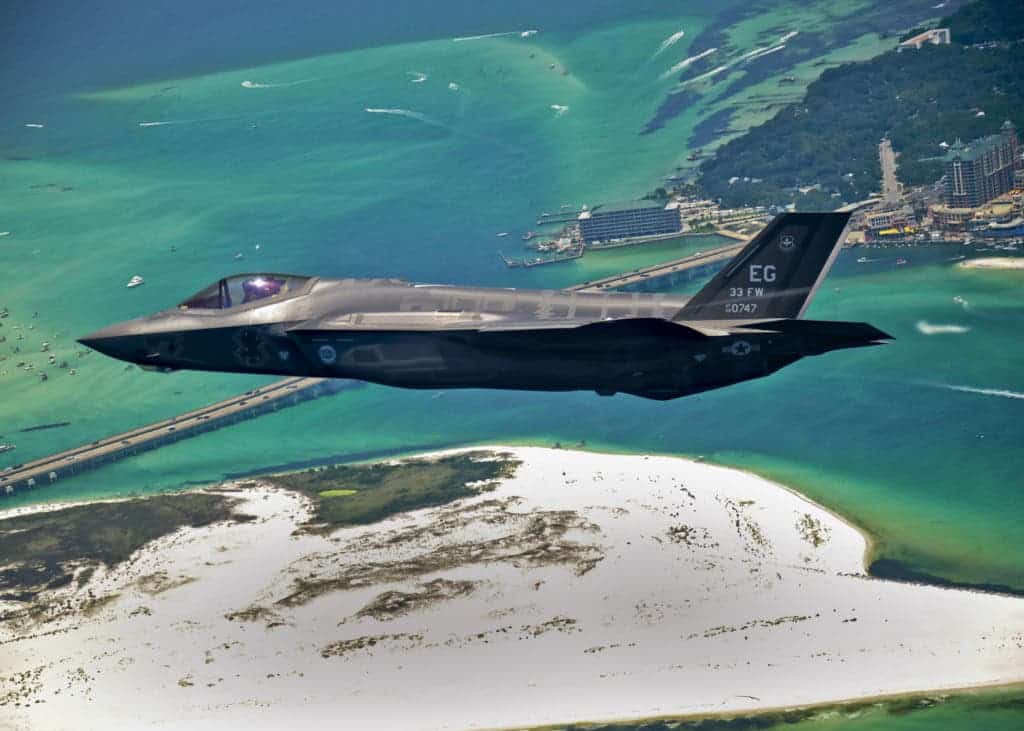3D printing is at it again — this time saving the US Army (and subsequently, US taxpayers) a lot of money.

The Lockheed Martin F-35 Lightning II — or as most people call it, the F-35 — is a wonder of modern technology. A combat aircraft designed to fly in all weather conditions, the F-35 is amazing at what it does: which is, well, to destroy things (and scout). But this excellent performance comes at a cost — a huge cost, for that matter. A single F-35 will set you back around $100 million, and even simple parts can be expensive. Sometimes, incredibly expensive.
For instance, for all practical purposes, a single piece that mounts on the door and presses it to the latch costs over $70,000. It’s not that the piece itself costs that much, but you can’t buy it separately — you need to buy the whole door — so you end up paying the full price for what is essentially a very small piece.
This is where 3D-printing comes in.
A team of Marines Combat Logistics Battalion 31 (CLB-31) in Carderock, Maryland, 3D-printed the door piece for next to no cost, saving a whole lot of money in the process. To make things even more remarkable, they didn’t use any special 3D-printer; they just relied on a hobbyist machine, using PETG filament to ensure the necessary toughness.
3D-printing aircraft parts is no easy task though, says Sam Pratt, a mechanical engineer at the Carderock’s Additive Manufacturing Project Office, who offered technical support. Everything needs to be done perfectly.
“Aircrafts by nature are a lot more restrictive. There are airworthiness concerns, so when trying to print a part, you really have to know that the part is good so you don’t put your pilots and flight crews in danger.”
But if things are done properly, this does have the potential to save a lot of money, enabling the military to not only replace key parts, but also design and trial prototypes and new additions — and this is only the beginning.
Last month, United States’ Hill Air Force Base, Utah, announced that it will install a 3D printer to manufacture spare parts of the F-35. Meanwhile, the Air Force Research Laboratory (AFRL) and HRL Laboratories partnered up to further the research into 3D printed ceramics for use in hypersonic flight vehicles. Pratt says 3D printing in the military is here to stay.
“We will see additive manufacturing used more often to make replacement parts […] there are already about 85-90 parts currently approved to print for ground vehicles, so it is as easy as going online, downloading the file and printing the part.”


